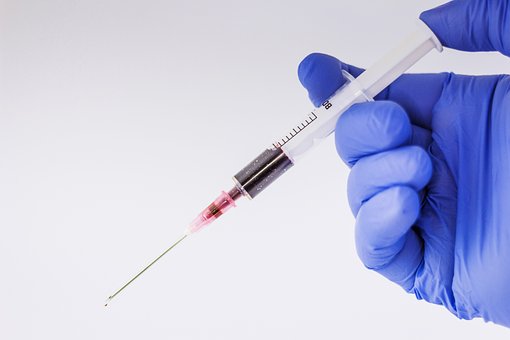When you hear phlebotomy, your first thought might be a hospital or clinic setting. However, this versatile medical skill is much more than just collecting blood! Phlebotomy encompasses many duties that assist healthcare providers in diagnosing and treating illnesses and helping save lives.
This blog post will delve into what exactly phlebotomy is, why it’s essential to do it correctly, and the possible risks associated with improper practices when performing these procedures. Whether you are considering entering the field of phlebotomy or want to know more about how such vital services help provide crucial patient healthcare data –this guide clarifies one of the essential aspects of medicine.
Phlebotomy: Overview of the role
Phlebotomy is the practice of making incisions in veins to draw blood. It is a necessary medical procedure, and phlebotomists are responsible for performing these blood draws in clinical settings such as hospitals, medical centers, and laboratories. Phlebotomists follow protocols, working with patients to identify the best locations for blood sample collection. They draw from these locations, taking care to ensure accuracy and cleanliness throughout the entire process. The reputable phlebotomy trainers behind wetrainphlebotomists.com recommend that if you want to pursue a career in this field, you should always ensure you are up-to-date on the latest techniques and regulations for drawing and storing blood. This way, you can ensure that your work is done safely and complies with set protocols.
Furthermore, phlebotomists perform laboratory tests related to patient health that require the accurate collection of small amounts of blood or skin tissue samples. This vital role helps doctors diagnose illnesses and track treatments, and it aids in public health research. The fast-paced field of phlebotomy is an exciting opportunity for professionals who are comfortable around needles and committed to offering quality patient care.
Health benefits associated with adequately performing a phlebotomy
Phlebotomy is integral to staying healthy in the long run as it offers insight into a person’s overall health. Understanding the levels of vital molecules allows a person to learn more about their immunity against various conditions. On top of that, properly performing phlebotomy will also help people undergoing chemotherapy have an easier time with treatments due to its ability to monitor hemoglobin levels to reduce transfusions during chemo sessions. It is essential for anyone wishing to stay on top of their health and keep any underlying issues at bay. If you haven’t set up your next phlebotomy appointment yet, it’s best not to wait any longer.
Steps to perform a successful phlebotomy
Performing a successful phlebotomy requires skill, patience, and a bit of finesse. First, the phlebotomist must use the appropriate equipment and techniques – such as vein selection, tourniquet application, and proper venipuncture practices – to ensure accuracy and minimal discomfort for the patient. The correct collection materials must be used for the procedure and any associated tests. If a problem arises during the actual process, it should be addressed in an efficient manner that mitigates causing distress to the patient.
Finally, during post-collection care after venipuncture, steps should be taken to protect patient safety and long-term sample integrity. This way, the samples can be safely transported and stored for further testing. Although multiple steps are involved in successful phlebotomy, careful attention to detail can prevent unnecessary errors or stresses while ensuring great success with minimal difficulty.
Equipment used in performing phlebotomies
Several types of equipment are typically used in performing phlebotomies, starting with tourniquets or rubber bands, which help isolate the vein while drawing blood. Next, a wide selection of needles and syringes can be chosen depending on the size of the vein used, the pressure exerted, and the sample volume taken. Finally, antiseptic wipes and bandages are essential to keep the injection site clean throughout the process – these materials should always be sterile before use. While it can take time for a phlebotomist to learn about all the different types of equipment needed for their job, knowledge of proper usage is critical.
Safety precautions when doing a phlebotomy
Safety should be taken into consideration when carrying out the procedure. First and foremost, always use gloves and a face covering for protection against potentially infectious materials. Secondly, all equipment must be properly sterilized before use. Furthermore, it’s essential to follow a universal protocol when handling blood samples. This includes disposing of any sharp tools and materials safely afterward to protect yourself, other members of staff, and anyone else you may come into contact with when doing phlebotomy. These safety precautions are essential to ensure that no one’s health or well-being is jeopardized during or after the procedure.

In summary, phlebotomy is a medical procedure that involves extracting blood from the veins. Proper training and knowledge can be a safe and successful procedure with numerous health benefits. So, if you’re considering a career in the medical field or just want to learn more about phlebotomy, familiarize yourself with the different types of equipment and safety precautions needed for this highly specialized procedure. With patience and practice, you can become a skilled phlebotomist quickly!
